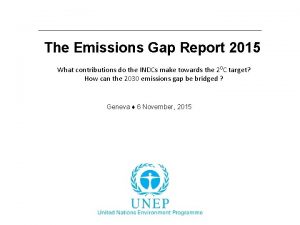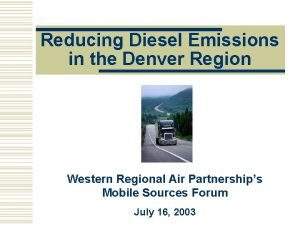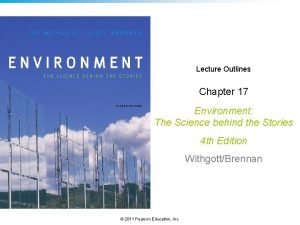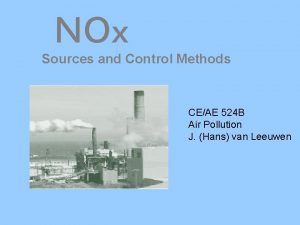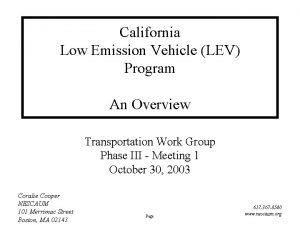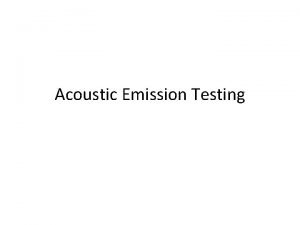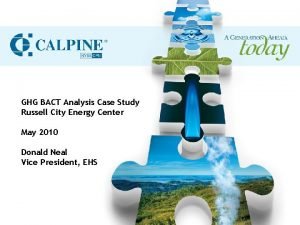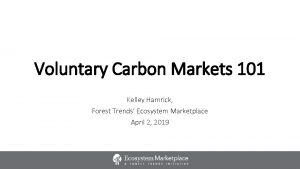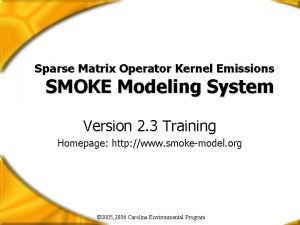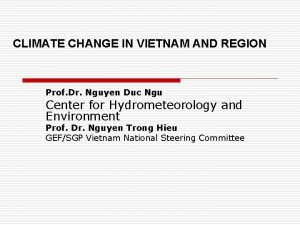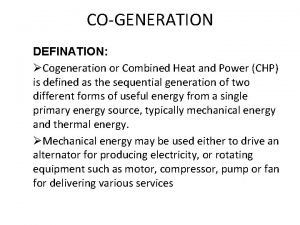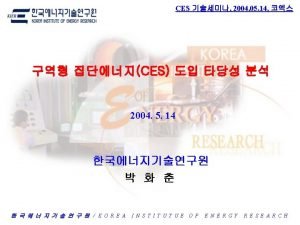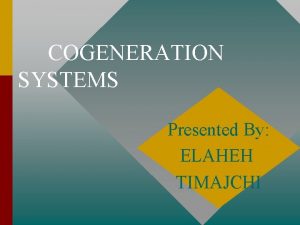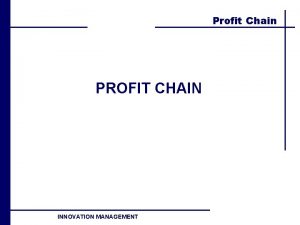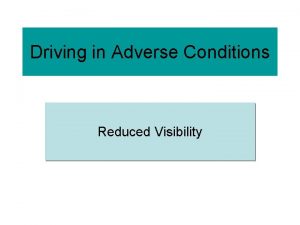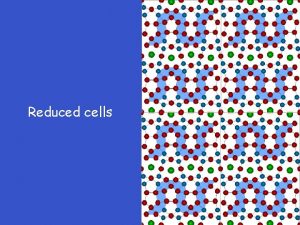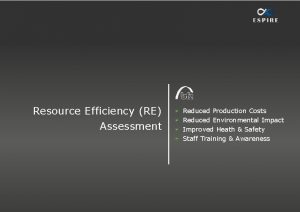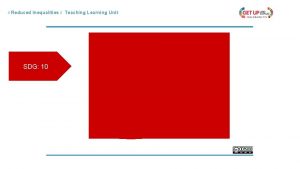Cogeneration for Increased Profit Reduced Emissions Jan 26
















- Slides: 16

Cogeneration for Increased Profit & Reduced Emissions Jan 26, 2017 Bert Dreyer MBA P. Eng. EMF Technical Services Inc. Tel: (403) 208 -2000 www. emftechnical. com

ENERGY Efficiency of Cogeneration vs. Conventional Power Generation Cogeneration (also called Combined Heat and Power, CHP) is the joint production of electricity and useful heat. 2

Cogeneration Improves Environment � 99. 5%+ incineration of toxic compounds with turbogenerators � Significantly reduced levels of environmental emissions: % Emissions Reductions* � Carbon dioxide (CO 2) � Nitrogen oxides (NOX) � Particulates 60%+ 95% 100% *Emissions reductions from using gas fired cogeneration vs. conventional coal fired generation 3

MICROTURBINE COGEN WITH HEAT RECOVERY (CHP) 4

STAC (Steam Turbine Assisted Cogeneration) (Combined Cycle) 5

Cogeneration with Reciprocating Engines Cogeneration Applications Exhaust Gas Boiler • Heat Oil Field Treater • Process/Bldg Heat • Hot water or Steam • Absorption Chilling To the customer HT L/L Heat Exchanger From the customer 6

Cogen with OTSG* *OTSG (Once Through Heat Recovery Steam Generator) 7

Key Technologies for Reducing C 02 Emissions International Energy Agency - June 2011 2010 2015 2020 2025 2030 2035 2040 2045 2050 8

Potential Distributed Power Generation Applications Biomass Power Generation Plants Solution Gas Agricultural Digesters Waste Water Treatment Plants Power Generation with Natural Gas / Landfill Gas Photo Voltaics Arctic Wind-Diesel Wind Power 9

Why Generate Electricity from Flare Gas? � Power generation from flare gas presents an opportunity for: � Reduction in emissions of hazardous chemicals � Reduction in Kyoto or other environmental commitments � Reduction of greenhouse gas emissions � Improvement in health through reduction of respiratory disease � Reduced political pressure on the government � Reduced potential for total “brown outs” by contributing distributed electrical energy sources � Revenue generating use of a “free” resource that otherwise causes problems � Just 3 c/k. Wh = $8. 33/GJ 10

Microturbine Generation, Saskatchewan • Installation of 2 x 30 KW microturbines • Units are designed to operate continuously in a grid connect application • Eliminates Continuous Flare (Supplied by Cummins/Capstone) 11

Distributed Generation: A PARADIGM SHIFT Generator G G L G G G L Load OLD PARADIGM: Uni-directional Distribution L L G NEW PARADIGM: Multi- directional Distribution 12

Benefits of Distributed Generation Interconnection �Increased Reliability �System Voltage Support �Reduced Transmission/Distribution Costs �Increased Energy Efficiency �Environmental Emissions Reduction �New Technology Applications �Other

Gas flaring - A Challenging Energy and Environmental Problem � “Gas flaring is one of the most challenging energy and environmental problems facing the world today. …. � Gas flaring reduction has the potential to be a great energy and environmental success story. By creating value from a wasted resource, flare gas reduction enables wider access to energy, improves environmental conditions, and provides economic development for local, provincial, and national governments. ” - Peter C. Evans, Ph. D Director, Global Strategy and Planning General Electric 14

EMF Technical Services Inc. �An engineering consulting firm whose principals and associates are experienced in: � Electrical and control systems design, including PLC programming � Electrical power generation and distribution � Cogeneration facility proposal development and economic analysis � Generator interconnection to the grid � All phases of engineering design, construction, commissioning, trouble shooting and optimization � Design and construction of oil and gas pipelines, compressor stations, pump stations, processing facilities � Existing facility upgrades/retrofits 15

BCIT Discovery Park Technology Place Photovoltaic Array 16
 Post acquisition profit is which profit
Post acquisition profit is which profit Normal profit economics
Normal profit economics Economic profit vs accounting profit
Economic profit vs accounting profit Un emissions gap report
Un emissions gap report Diesel emissions denver
Diesel emissions denver Particulates can be removed from smokestack emissions by
Particulates can be removed from smokestack emissions by Flame test results table
Flame test results table Otto emissions is driving his car at 25.0 m s
Otto emissions is driving his car at 25.0 m s Sources of nox emissions
Sources of nox emissions California lev
California lev Volkswagen quiz
Volkswagen quiz Acoustic emissions testing
Acoustic emissions testing Using citys heat reduce emissions
Using citys heat reduce emissions Nocturnal emissions causes
Nocturnal emissions causes Voluntary carbon market
Voluntary carbon market Sparse matrix operator kernel emissions
Sparse matrix operator kernel emissions Ghs emissions
Ghs emissions



